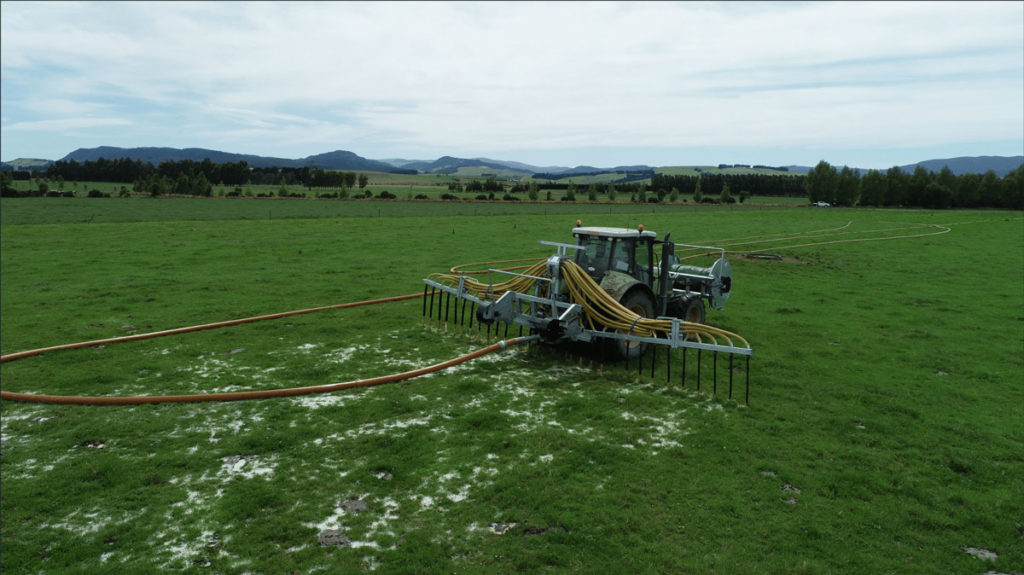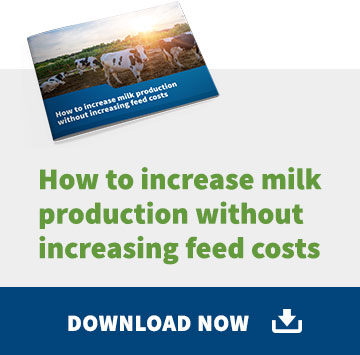The dairy boom has been a major contributor to economic growth in New Zealand in the past few decades, but with that growth has also come some pain. More cows mean more effluent, and if it’s not stored and disposed of properly, that effluent can cause serious problems for the environment.
That’s why alongside the growth in the national dairy herd, a lot more regulatory pressure has come as well, principally through the Resource Management Act, which sets a high bar in promoting the sustainable management of natural and physical resources such as land and water. Local bodies have considerable powers under the RMA to enforce compliance – they can issue hefty fines and even cancel the consents that allow a dairy farm to operate.
How to know if you’re in crisis
Effluent management is a serious issue now for every farmer, which is why every farm needs a well-designed and installed system that can safely store waste when it’s too wet or otherwise to spread it, and then dispose of it in large quantities when the conditions suit.
Does that sound like your effluent management system? Or do you instead have a storage pond that is often only one heavy downpour away from overflowing, putting you at risk of enforcement action?
Take a look at this checklist to tell if your farm is in crisis. If it is, you’ll need to act fast to get things sorted.
- Your effluent pond is overflowing because it has been too wet to empty it.
- You struggle to keep up with the amount of effluent, and the pond is always full.
- You have been fined by the regional council for breaching regulations.
- You can only get effluent so far from the pumping station, which limits how much of the farm you can use for disposal.
- Your farm has soft soil, making it difficult to use tractors and heavy tankers to spread effluent.
- Your farm has areas of rough terrain, which again limits where you can dispose of effluent.
How to get out of effluent crisis
Effluent management systems come in two main types – continuous application systems and treatment and storage.
Continuous application systems are not designed to treat effluent and have limited storage. In this system, effluent is collected in a concrete sump under the yard where it is then applied directly to pasture. This is either done using gravity (where the land allows) or it is transported (via a pump or truck) to a disposal site, where it is then sprayed onto the pasture with a moveable sprinkler or a muck spreader that is towed behind a tractor.
Treatment and storage systems use these same methods to apply the effluent to pasture. The difference is in the storage capability. These systems give the farmer more control over where and when to apply the effluent. This means they can avoid spraying it on already saturated soils.
Until recently, moveable or pivot irrigators and muck spreaders have been the main options for applying the nutrient-rich effluent to pasture. However, there is a newer option available to farmers, called the umbilical effluent system.
The umbilical effluent system
The umbilical effluent system combines the flexibility and cost-effectiveness of a muck spreader with the efficiency and control of an irrigator. It doesn’t require a lot of set-up or infrastructure and provides a good quick fix for an overflowing effluent pond.
From the storage pond, the effluent is pumped through a large, flexible pipe to a specialist spreader and dribble bar mounted on the rear of a tractor. The tractor traverses the paddock, towing the “umbilical” pipe behind and applying the effluent exactly where it is needed.
Such systems are designed to work even over several kilometres and can discharge at least 200,000L/hour, whereas a 20,000L tanker averaging three loads an hour would only manage 60,000L/hour.
Using a tractor and umbilical hose instead of a heavily laden tanker also considerably lessens soil compaction, which helps reduce water runoff and increase crop yield. Gateways in particular benefit. These soon become damaged from tankers coming and going, whereas an umbilical system goes through the gate only twice – once in and once out.
If you think your effluent management system is struggling to cope, you’ll want to fix it before it breaks and makes you liable for a hefty fine, or worse. Make sure your new one can be trusted to keep you on the right side of the rules, and also make the most of a valuable fertiliser resource.





